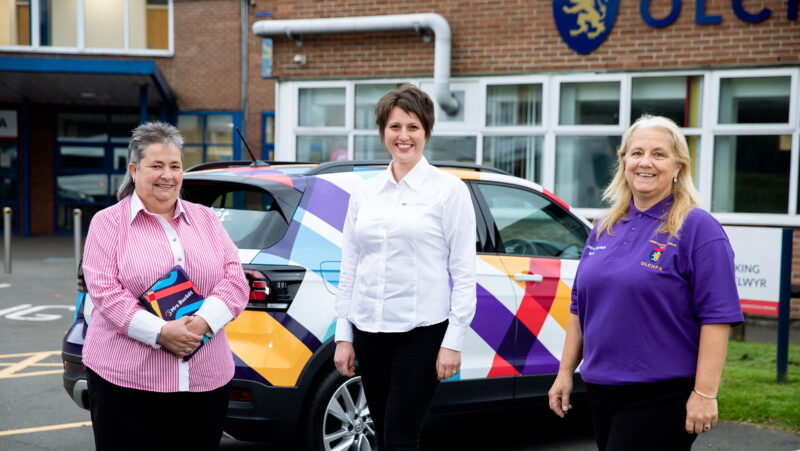


31/03/2021


It’s been a little over a month since Wales’ schools reopened, and nearly four weeks for England’s education system. The decision to reopen schools this early into the New Year was controversial, and we are yet to see whether it was the right call to make. Reports are polarised, with many suggesting the return has caused another spike in cases, while others report that it has plateaued cases.
What is clear, however, is that now more than ever, education facilities must be safe, hygienic environments for students and teachers to thrive in. They must have enhanced cleaning procedures in place to provide substantial protection against pathogens and bacteria, all of which flourish in areas with a large footfall.
While your school canteen, desks and computers might look clean, with no visible dirt or marks on them, this certainly doesn’t mean they’re hygienic. For example, computer mice can be 20,000 times dirtier than a toilet seat; even if white and shiny. As a high traffic object used by many hands, the number of invisible pathogens and bacteria covering the surface can be off the scale.
It’s this invisible threat, undetectable to the human eye, that could cause the most harm. Implementing thorough cleaning and decontamination processes is the only way to ensure the level of harmful pathogens and bacteria are kept low, and transmission of viruses is minimised. Here are five key steps to integrate into your school cleaning plan to control the cleanliness and hygiene of your facility.
While those obvious areas, door handles, stair rails, toilets, need attention on a regular basis (at least every two hours), it’s crucial you don’t forget those less straightforward areas which can be easily overlooked. Light switches, whiteboard pens and drawer handles are repeat offenders – pay special attention to these types of areas too.
While it may be obvious, regular handwashing should be encouraged and for younger children especially, handwashing and hand sanitiser use should be supervised where possible.
Washrooms must be stocked with antiviral soap and one-touch toilet paper dispensers and disposable hand towels should be installed to minimise cross contamination.
Did you know?
42 per cent of children aged five to 10 are not following proper hand hygiene procedures in schools by failing to use soap when they wash their hands.
Where possible, use disposable cloths or disinfectant wipes. Where these can’t be used, reusable microfibre cloths should be colour coded for use in particular places only and washed at at least 60 degrees immediately after use.
Additionally, ensure your cleaning providers are using specialist chemicals that meet the European standard for testing and evaluating viricidal activity in the medical area. A usual multi-purpose cleaning spray will no longer give your school the cover of protection you, your students and your staff need. We use EN-14476, a chemical that has been approved by Public Health England for the prevention of COVID-19.
Explore cleaning options that compliment your day-to-day cleaning regime and add an extra layer of protection to your school.
For example, antimicrobial coatings, such as those offered by our chemical partner Nordic Chem, offer long-term protection against harmful pathogens and bacteria – proven to be effective against the human coronavirus pathogen for up to 90 days.
Cleaning schools during COVID, and beyond, means implementing advanced and effective ways of working. Every day, new technologies are being created to help businesses and facilities fight against coronavirus and are allowing cleaners to reach even higher standards of cleanliness and hygiene than ever before.
Robotic scrubber dryers, for example, can carry out tasks much faster and more effectively than one person using a traditional floor mop and ride-on sanitisers allow for decontamination chemicals to be applied over a larger surface area in less time than a full team with electrostatic foggers.
Moving forward, school leaders must reassess the measures they currently have in place and determine whether their cleaning providers are consistently meeting the school’s high standards or falling short, consequently placing their staff and students at unnecessary risk.
To learn more about how Mrs Buckét work within education facilities, read our latest whitepaper here or to discuss how our team could help your school improve its safety, get in touch with the team here.